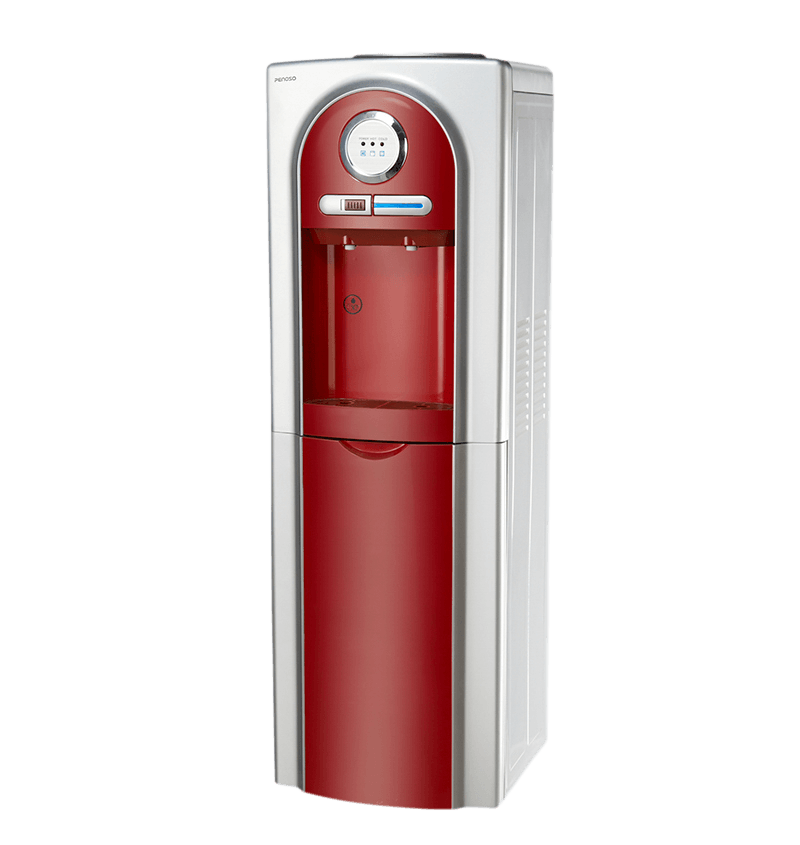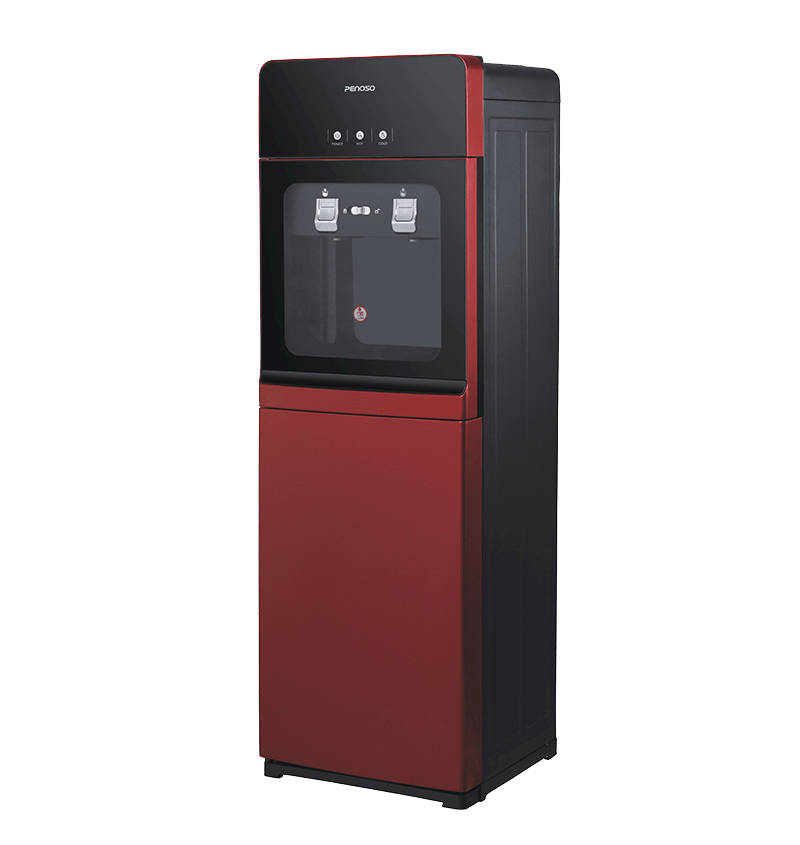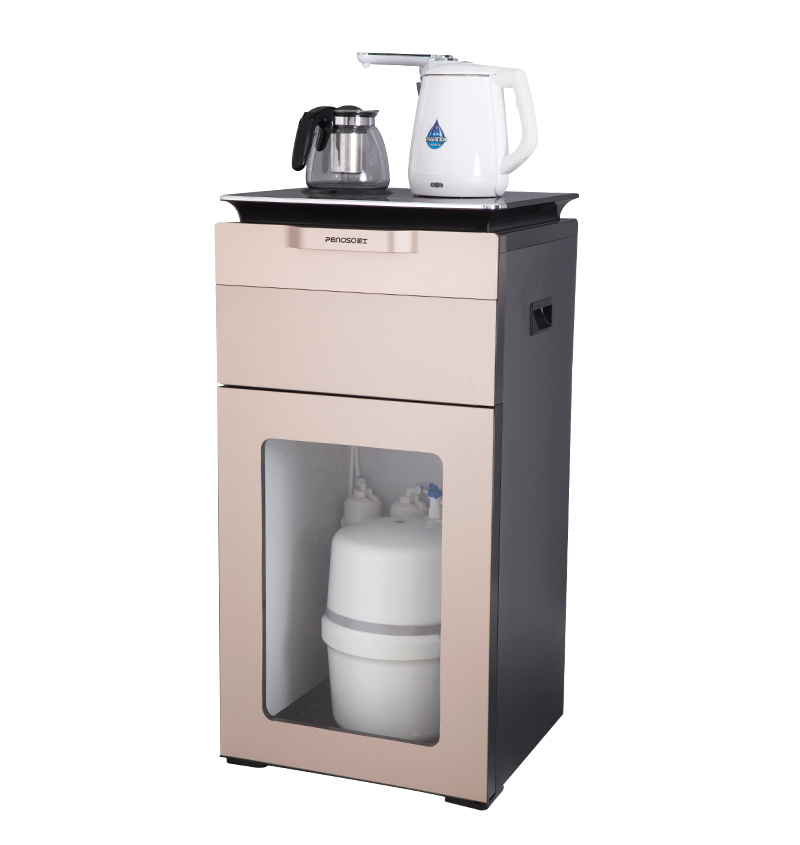A top loading water dispenser regulates water pressure and prevents leakage through several mechanisms:
1. Float Valve: Most top loading water dispensers have a float valve system. The float valve consists of a float ball connected to a lever arm inside the water reservoir. When the water level drops, the float ball lowers, and the lever arm opens a valve to allow water to refill the reservoir. Once the water reaches a certain level, the float ball rises, closing the valve and stopping the water flow. This mechanism maintains a consistent water level and prevents overfilling, thereby regulating water pressure and preventing leakage.
2. Pressure Relief Valve: A pressure relief valve is another safety feature found in water dispensers. It helps prevent excessive pressure buildup inside the dispenser. If the pressure exceeds a certain threshold, the relief valve opens, releasing the excess pressure. This ensures that the dispenser remains safe and prevents leakage caused by high pressure.
3. Tight Seals: Water dispensers have tight seals around the water reservoir, faucets, and other connection points to prevent leakage. These seals are usually made from rubber or silicone and create a watertight barrier, preventing any water from escaping.
4. Drip Trays: Top loading water dispensers are equipped with drip trays located beneath the faucets. These trays collect any drips or spills that may occur during usage, ensuring that water does not accumulate and cause leakage.
-

Under Sink Reverse Osmosis Water Filter System RO System PS-RO-60
-

Home Style Compressor Cooling RO Water dispenser PS-SLR-104S
-

Direct Pipeline Water Dispenser PS-SLR-54A
-

Alkaline Water System, home reverse osmosis water purification system RO Water dispenser PS-RO-37F
-

Freestanding Water Dispenser With Compressor RO Water dispenser PS-RO-151R
-

Stainless steel cold water dispenser welding cooling tank
-

Hot tank for female taps
-

home or office Tea machine PS-T-A9



 English
English عربى
عربى Português
Português Español
Español
